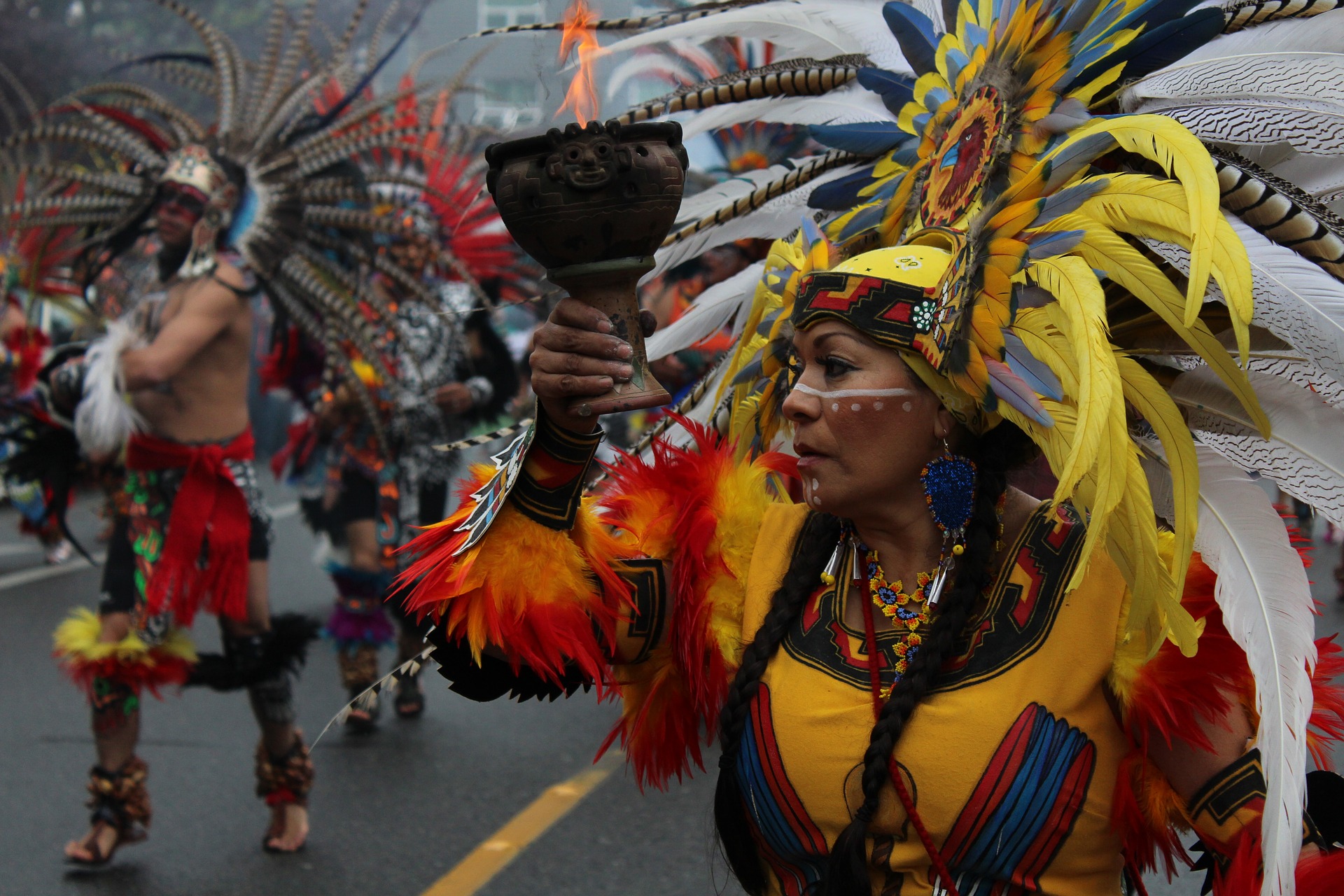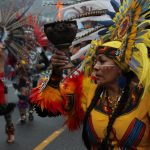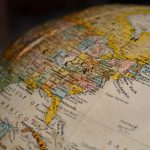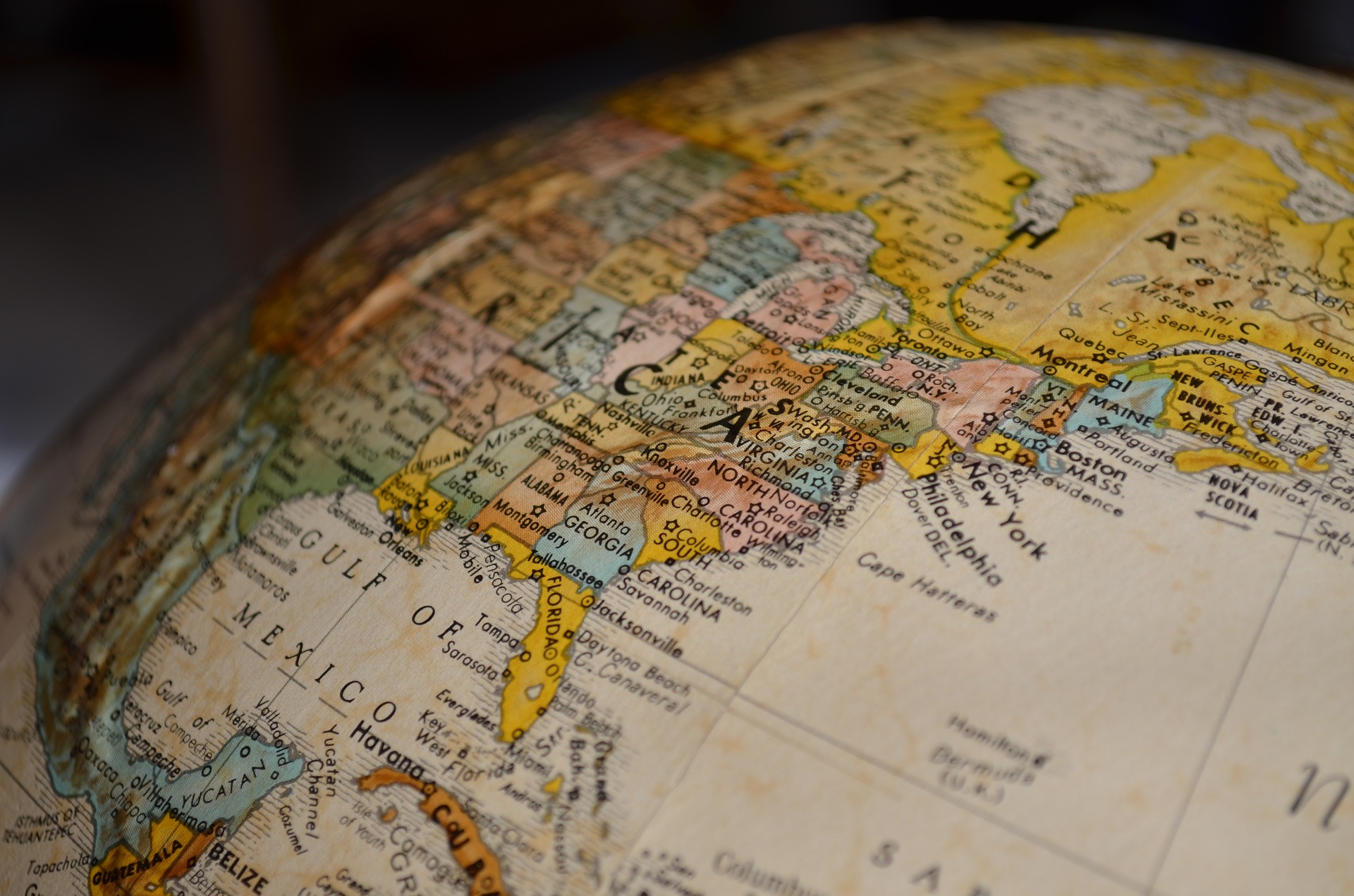
North America, the United States – one homogenous culture? Barely.
As an issue of first significance, Canadians are not U.S. Americans. In all honesty, various Canadians will uncover to you they’re exceptionally not exactly equivalent to their neighbors in the South. Besides, essentially hold on what the Québecois will illuminate you with respect to the rest of the central area.
Then there’s the semantic detail that most U.S. inhabitants talk about themselves basically as “American” – disregarding the little truth that all tenants of the Americas (from Alaska to Tierra del Fuego) are indeed Americans.
To do whatever it takes not to make this altogether more jumbled, I will not extensively elucidate the articulation “America.” Just this: A Cherokee Chief once exhorted me that the neighborhood social classes of this central area never insinuated themselves as Americans since that is only the name a German guide creator gave the land across the enormous water (to honor the Florentine pioneer Amerigo Vespucci).
No, the United States and North America don’t address a homogenous culture. Coming from Europe, a couple of gatherings may not comprehend this right away. Taking everything into account, everyone in the U.S. conveys in English, eats and shops at comparable foundation chains, consumes comparable media, and uses a uniform establishment all through the country.
During my social planning programs I give plenty of opportunity to address this unbalanced half data. Since a significant piece of the US-inbound expats I work with go toward the Southeast, I find it especially fundamental to set them up for an America which may not fit the banality image of this country. The South is extraordinary. Similar to any leftover spaces of the United States. We ought to explore.
The aide above was appropriated in the Fall 2013 issue of Tufts University’s graduated class magazine and was made by Colin Woodard, the maker of American Nations: A History of the Eleven Rival Regional Cultures of North America. Woodward declares that North America can be isolated consummately into 11 discrete “country states”, where winning social orders explain projecting a polling form practices and attitudes toward everything from social issues to the work of government.
“The limits of my eleven American nations are reflected in different kinds of guides — including maps showing the dissemination of semantic dialects, the spread of social collectibles, the inescapability of different severe areas, and the region by-territory breakdown of projecting a polling form in every practical sense, each intensely tested authority race in our arrangement of encounters,” Woodard makes. “Our central area’s acclaimed versatility has been developing, not dissolving, regional differences, as people logically sort themselves into comparable organizations.”
Yankeedom
Founded by Puritans, inhabitants in Northeastern states and the cutting edge Midwest will overall be all the more okay with informal law. They regard guidance and the advantage of all more than various regions.
New Netherland
The Netherlands was the most perplexing society in the Western world when New York was set up, Woodard creates, so it’s no enormous astonishment that the district has been a focal point of overall business. It’s furthermore the locale by and large enduring of genuinely abused peoples.
The Midlands
Stretching from the Quaker area west through Iowa and into more populated spaces of the Midwest, the Midlands are “pluralistic and composed around the working people.” Government interference is undesirable, and ethnic and philosophical uprightness isn’t a need.
Tidewater
The ocean side locale in the English territories of Virginia, North Carolina, Maryland and Delaware will overall respect authority and worth custom. At the point when the most amazing American country, it began to rot during Westward augmentation.
More critical Appalachia
Extending from West Virginia through the Great Smoky Mountains and into Northwest Texas, the family members of Irish, English and Scottish pioneers regard solitary opportunity. Tenants are “genuinely questionable bog persons of nobility and Yankee social subject matter experts.”
Significant South
Dixie really follows its fundamental establishments to the standing system set up by pros who endeavored to duplicate West Indies-style slave society, Woodard forms. The Old South characteristics states’ advantages and close by control and fights the augmentation of government powers.
El Norte
Southwest Texas and the limit district is the most prepared, and most etymologically interesting, country in the Americas. Troublesome work and freedom are esteemed characteristics.
The Left Coast
A hybrid, Woodard says, of Appalachian opportunity and Yankee utopianism inaccurately described by the Pacific Ocean on one side and sea shore front mountain ranges like the Cascades and the Sierra Nevadas on the other. The independence and advancement expected of early pioneers continues appearing in places like Silicon Valley and the tech associations around Seattle.
The Far West
The Great Plains and the Mountain West were worked by industry, made fundamental by unforgiving, on occasion detached conditions. Far Westerners are truly libertarian and significantly doubtful of huge establishments, whether or not they are rail lines and partnerships or the public government.
New France
Former French areas in and around New Orleans and Quebec slant toward understanding and egalitarian, “among the most liberal on the landmass, with phenomenally receptive viewpoints toward gays and people, in light of everything, and a pre-arranged affirmation of government commitment in the economy,” Woodard makes.
First Nation: two or three First Nation social classes left — Native Americans who never gave up their region to white pioneers — are mostly in the unfeelingly Arctic north of Canada and Alaska. They have influence over their properties, yet their general population is simply around 300,000.
The “Friendly and Conventional” area
The chief region incorporates the domains of Middle America, including South Dakota, Nebraska, and Iowa, known as the “red” states. People here are situated significantly in levels of extraversion, propriety, and doubts, honorably low in neuroticism, and astoundingly low in responsiveness. Tenants of the locale will overall be “pleasing, kind, loyal, and standard,” the researchers make. They are dominatingly white with low levels of tutoring, bounty, and social obstruction, and will overall be more severe and politically moderate than people outside of the space. They are furthermore less solidly differentiated and various Americans.
The “Free and Creative” region
The resulting bunch includes West Coast states, Washington, Oregon, and California. Its personal profile is separated by low extraversion and loveliness, astoundingly low neuroticism, and very high openness. Social assortment and elective lifestyles are high, and occupants are politically liberal and strong, both mentally and really. This district is more lavish, has more tenants with proficient instructions, and is more creative than various areas. These states cast less rulings for moderate authority up-and-comers and are less severely differentiated and others. Here, the assessment’s scholars form, people regard opposition, autonomy, and satisfaction.
The “Whimsical and Uninhibited” region
The third and last assembly contains mid-Atlantic and Northeast states like Maine, Pennsylvania, and New York—the “blue” states. The region is low in extraversion, amazingly low in appropriateness and great confidence, uncommonly high in neuroticism, and sensibly high in openness. People here, the experts say, are “held, disengaged, indiscreet, acrimonious, and inquisitive.” Residents are politically liberal and less severe, and are excessively school shown individuals, more settled adults, and women. A respectable chunk of the “excited” and “genuine” occupants are leaving the district, as demonstrated by assessment data, and voyaging south or southwest.
Getting the Authentic North American Cultural Experience
The United States explicitly has for quite a while been seen as the exemplification of the “New World,” particularly due to its driving circumstance at the bleeding edge of framing standard society. Past the Eurocentric point of view on what legitimate and genuine culture is in any case, and past the strong centers deferred in the polystyrene-cup second coffee (North America) versus moderate arranged quality-channel coffee (Europe) conflict, North America does without a doubt have a huge load of validity in the social experience it offers. Totally experiencing this obviously bewildered culture in any case begins with recording an ESTA application, the first and perhaps most huge development to getting the prizes of a US Visa Waiver program which is streamlined by a particular ESTA USA application organization.
Making reference to North America as having attributes, for instance, authenticity in the social experience the tremendous target offers may some way or another appear, apparently, to be somewhat unimaginable, particularly for those explorers whose most sound social experiences rely upon their developments to old European, Asian, African, and shockingly South American protests. Whenever a traveler has full chance of the land nevertheless, a lot of genuine North American culture lies on stop, basically keeping down to be found and it very well may be said rediscovered.
Standard society may be dynamic and forward-looking in its real nature, anyway it is still culture however and the USA has a great deal of it to bring to the table, close by the including countries which ordinarily appreciate especially close associations with the United States. As per the adventurer’s point of view in any case, the valid North American social experience is best searched for through the examination of two pillars of what has been famously named the American dream, tended to by complaints including Texas and New York.
Texas
It just some of the time gets more obvious than Texas to the extent of North American culture as this piece of the South is significantly settled in the early course of action of Western settlement culture. A stop at the Devil’s Rope Museum offers an inconceivable view into the recorded scenery of this Western settlement culture, but this display is exceptionally unequivocal in its dedication to security fencing, things being what they are; something which was without a doubt basic to this settlement culture. There is to be certain altogether more to discover in Texas itself and on the way there, especially if the renowned Route 66 road is taken.
New York
New York is spilling over with essentially what tends to the quick and continued headway of the American dream, with a various mix of social orders from all edges of the globe, some of which social orders are tended to by first and second-age outsiders. Street food fills in as a fair in a rush choice as opposed to the most flawlessly awesome devouring establishments in the world, while the ordinary day by day presence of the typical individual is depicted through the vivacious buzz of the center of the city. Some premium and grandiose regions chip in with something sensible of tending to the “celebrity,” or supreme high society culture, similar to the Four Seasons dwelling. If something like the Four Seasons is a long way from the standard explorer’s monetary arrangement, then a straightforward visit offers an adequate taste of this sort of North American culture. Regardless there is altogether more to see and do in New York, in mission for the most tenable American and North American culture.






